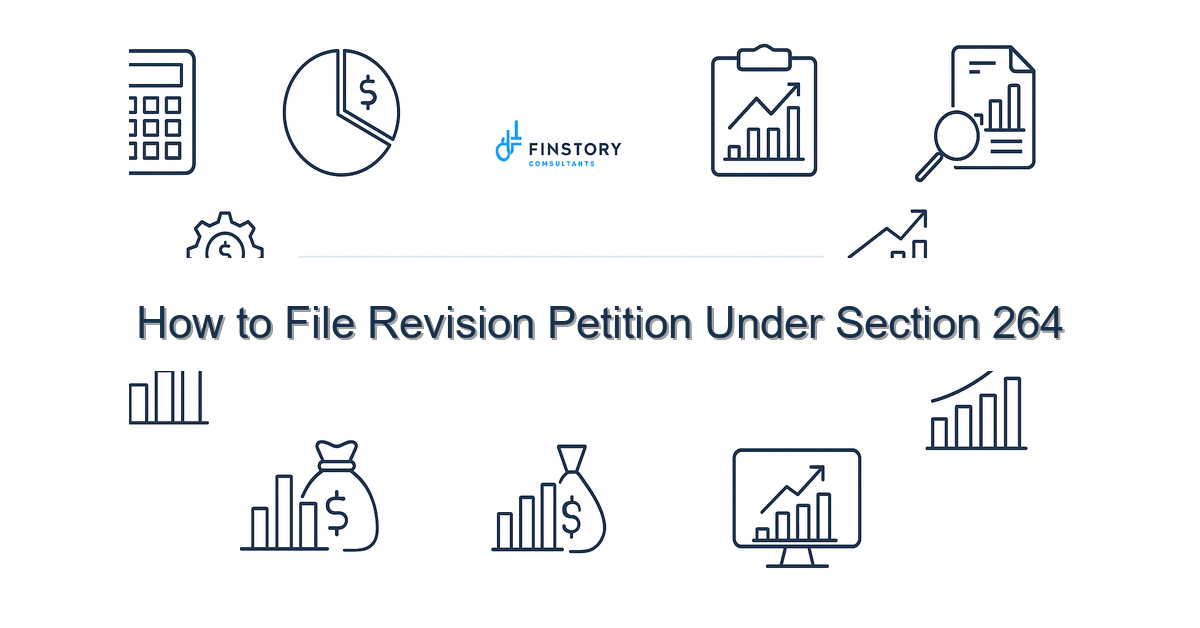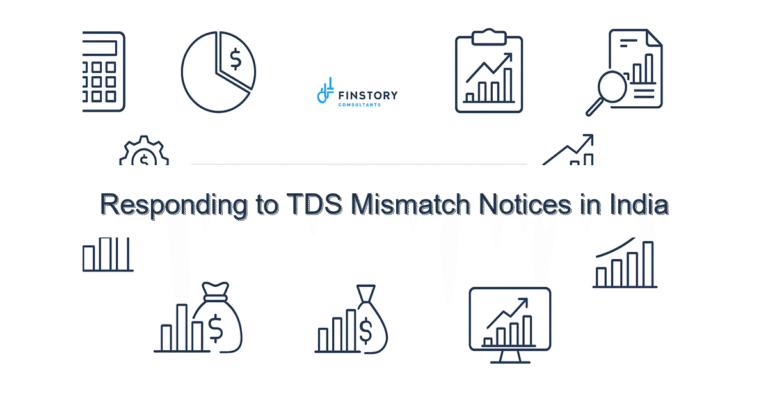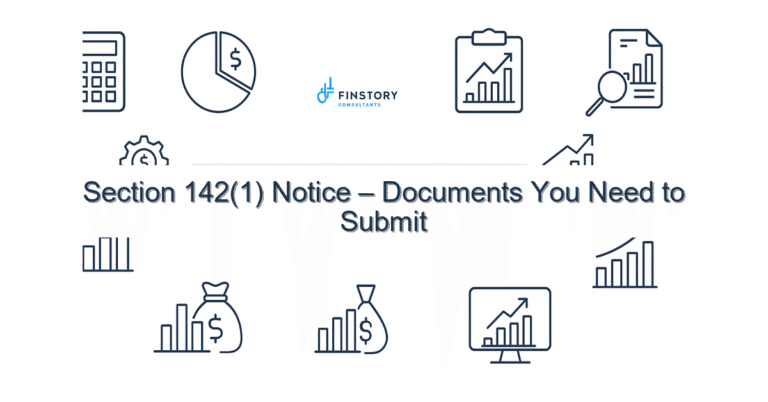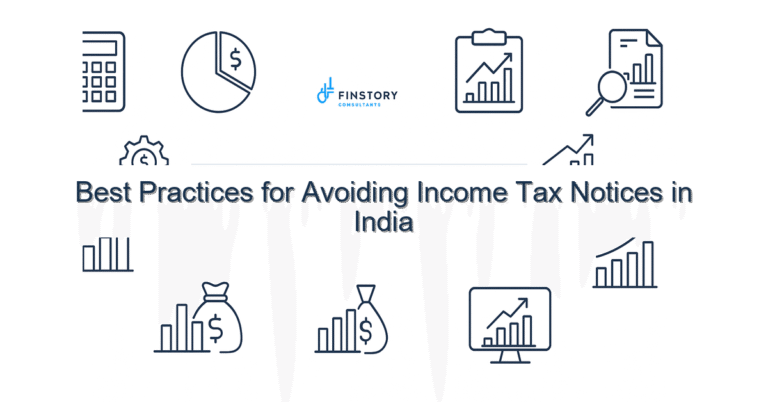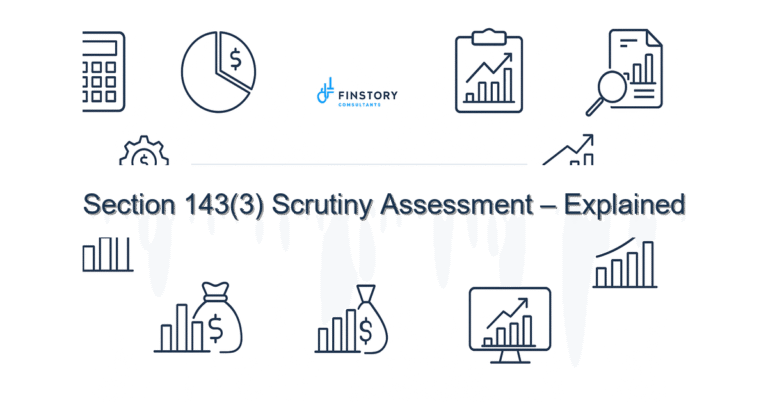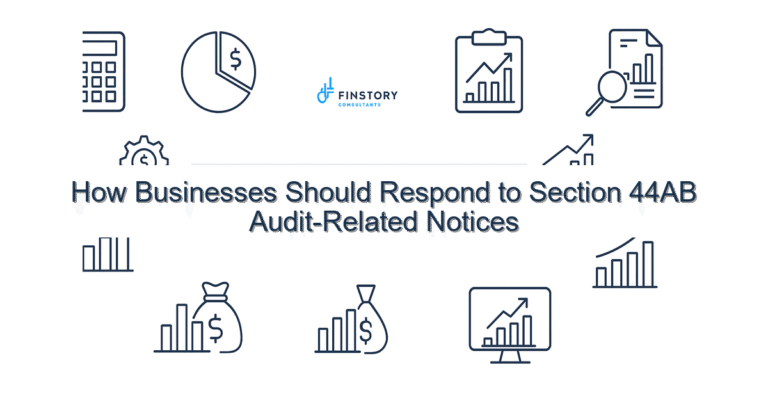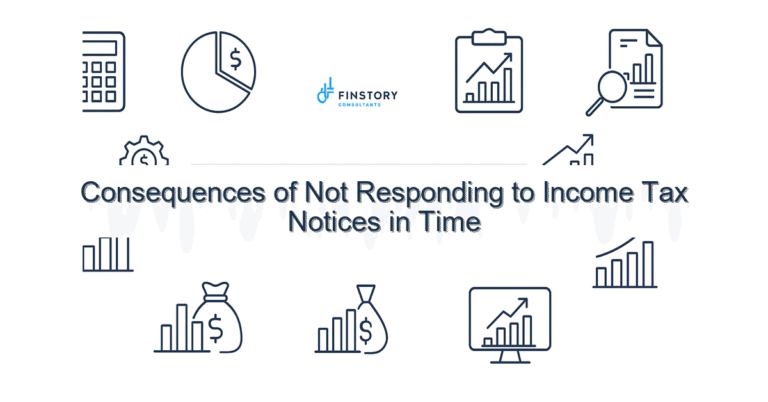How to File Revision Petition Under Section 264
We know getting a tax order you believe is wrong can feel overwhelming—especially when notices, computations and deadlines stack up. Many salaried taxpayers, professionals, founders and MSMEs worry: is there a simple route to correct an income tax order without a long courtroom fight?
Summary: Filing a revision petition under Section 264 can be an effective administrative route to get a contested income-tax order reviewed by the Commissioner. The right approach is practical: check whether 264 is the appropriate remedy, gather strong documentary proof (reconcile AIS/26AS and TDS/TCS), draft clear grounds, submit a concise representation and follow up proactively. Consult an expert to avoid missed limitation issues and unintended consequences.
What’s the real problem in India?
Tax disputes often arise not because of complex law but because of simple mismatches—uncredited TDS, mis-posted entries, or an assessing officer’s interpretation that ignores supporting docs. The system has many terms and timelines—AY/PY (assessment year/previous year), CBDT circulars, rectification under Section 154 vs revision under Section 264, and multiple forms on the e-filing portal. That complexity leaves taxpayers unsure where to turn.
- Symptom: You receive an intimation or assessment order with an unexpected demand or disallowance.
- Symptom: Your AIS/26AS or Form 26AS shows TDS/TCS credits not reflected in the assessment order.
- Symptom: You’re past the ITR filing last date and a tax demand arrives—now what?
What people get wrong
Common mistakes make the problem worse:
- Confusing remedies: many taxpayers try Section 154 rectification when the correct route is a representation for revision, or vice versa.
- Poor documentation: failing to reconcile AIS/26AS or to attach bank statements, invoices and TDS certificates when needed.
- Missing timelines: not noting CBDT guidance or internal limitation periods and thereby losing the chance for administrative relief.
- Not considering the wider tax picture: e.g., how an amended order may affect your choice between new vs old regime slabs or your claimed deductions within the Section 80C limit.
A better approach
Think of the revision petition as a focused, evidence-first representation to the Commissioner requesting a review. Use this 4-step framework:
- Assess the right remedy: confirm whether revision under Section 264 is appropriate (administrative revision) or whether rectification under Section 154, an appeal to the CIT(A)/ITAT or a writ is better.
- Reconcile numbers: match the AO’s order with your AIS/26AS, Form 26AS, bank statements and books. Identify exactly where TDS/TCS or capital gains indexation issues arose.
- Draft a tight representation: state facts, cite clear legal/administrative grounds, attach key evidence (invoices, TDS certificates, reconciliations), and quantify the tax impact.
- File and follow up: submit to the jurisdictional Commissioner with proof of service to the AO; track status on the e-filing portal and request acknowledgement. Consider simultaneous limited deposit if favourable practice requires it.
Real-world example: A Bengaluru founder faced a disallowance of R&D expenses and a Rs. 6 lakh demand. After reconciling AIS/26AS and attaching vendor contracts and payment proofs, a representation under Section 264 led the Commissioner to remit the matter back for reassessment and the eventual withdrawal of the demand—saving the founder tax plus interest.
Quick implementation checklist
- Obtain a certified copy of the assessment/penalty order from the AO.
- Download AIS/26AS and reconcile all TDS/TCS credits and refunds.
- Prepare a one-page chronology of events and the issue(s) in dispute.
- Collect supporting documents: invoices, contracts, bank statements, TDS certificates, correspondence.
- Draft representation: clear headings, numbered grounds, quantified relief sought, and attachments index.
- Send the representation to the Commissioner (jurisdictional), with a copy to the AO. Keep proof of delivery.
- Note internal deadlines and CBDT circular timelines; prepare to respond within 7–21 days if asked for clarifications.
- Monitor the e-filing portal and officer communications; log all follow-ups and phone calls.
- If an adverse administrative order results, consult on appeal options (CIT(A)/ITAT) within prescribed time limits.
What success looks like
- Reduction of tax demand (measurable %) or complete withdrawal of demand.
- Faster closure of the case—weeks to months rather than years in litigation.
- Recovery of refunds originally held up due to mis-posted TDS/TCS.
- Fewer notices in subsequent years (better compliance records).
- Lower interest and penalty exposure.
Risks & how to manage them
Risks include an unfavourable revised order, time and cost of follow-up, and potential penalties for incorrect claims. Mitigation:
- Legal review: get a tax expert to vet grounds before filing.
- Evidence-first: avoid speculative arguments—attach primary documents.
- Alternate remedies: keep appeal timelines in mind; do not foreclose statutory remedies by mistake.
- Transparent communication: inform the AO concurrently to reduce procedural objections.
Tools & data
Use reliable tools and sources to build your case:
- AIS/26AS: essential for reconciling TDS/TCS and detecting mismatches.
- Income tax e-filing portal: for tracking orders, acknowledgements and e-communication.
- TDS/TCS tracking tools and accounting software: to reconcile credits and prevent future mismatches.
- Capital gains indexation calculators: if capital gains indexation impacts the disputed tax figure.
- Refer to practical resources such as [link:ITR guide] and [link:tax-saving tips] for related compliance checks (ITR filing last date, Section 80C limit, etc.).
FAQs
Q: Who can file a revision petition under Section 264?
A: Typically a taxpayer or their authorised representative submits a representation to the Commissioner asking for administrative revision. Confirm jurisdiction and whether Section 264 is the right route for your specific issue.
Q: How is Section 264 different from Section 154 or filing an appeal?
A: Section 154 is for rectification of arithmetic or clerical mistakes in an order; a revision under Section 264 seeks an administrative review of the order where there may be error in law or facts. Appeals (CIT(A)/ITAT) are judicial remedies. Choosing the right path depends on the nature of the error—get expert advice.
Q: Will filing a representation affect my ITR or the ITR filing last date?
A: Filing a representation does not change statutory ITR deadlines. However, pending disputes can affect refunds or require revised ITRs later. Ensure you meet filing deadlines and track any orders carefully.
Q: If the Commissioner passes an adverse order, can I appeal?
A: Yes—if an administrative revision results in an adverse order, you may have appellate remedies (CIT(A), ITAT). Time limits apply, so consult quickly.
Next steps
If you suspect an assessing officer’s order is incorrect, start with a reconciliation of AIS/26AS and the order. Prepare a short chronology and get a tax expert to review before filing a representation under Section 264.
Work with Finstory. Speak with an Expert for a personalised plan to reduce your tax outgo and stay compliant. Book a free 20-min consultation.
📞 Need help with Income Tax in India?
Book a 20-min consultation with our tax team. Individuals, founders & MSMEs welcome.
Prefer email or phone? Write to info@finstory.net
or call +91 44-45811170.
